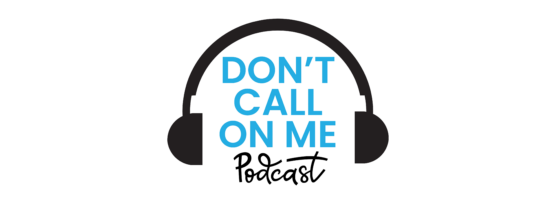
How to Access Dyslexia Accommodations
Would you ever consider not providing someone in a wheelchair ramp access? Someone with a broken leg crutches? A hearing-impaired individual a translator? Then why would we ever not provide someone with dyslexia accommodations?
Accommodations for anyone with dyslexia should not be considered a “leg up,” but instead an opportunity to level the playing field. These are a dyslexia student’s academic ramp or crutches and are critical to many students’ success. In fact, this is the case for all students with non-apparent disabilities, such as dyslexia, dysgraphia, ADHD, Autism, you name it… Simply because you cannot see the pain and the struggle does not mean it isn’t there.
Understanding the Dyslexia Accommodations
There are many standard accommodations that we often suggest for students with language-based disabilities like dyslexia, and a comprehensive list will be provided later in this blog. But it is most important for parents and educators to consider which are the MOST critical and will be most used by the student. Having a flood of 27 accommodations generally will result in them not being used because of the overwhelming nature of them. I would pick 4-5 critical dyslexia accommodations and teach both your teacher and your child how to take advantage of them!
Accommodations set at your child’s Section 504 meeting can often take training — on the part of both the student and the teacher. No matter the age of the student, this responsibility cannot fall exclusively on the shoulders of the teacher. If we take this perspective, there is a much higher likelihood that they will not be utilized. Do not forget that teachers have classrooms full of other children with unique details that they are doing their best to keep up with. Sure, TECHNICALLY it is a teacher’s responsibility, but I am just living in the real world.
Utilizing the Dyslexia Accommodations
Teaching your CHILD, regardless of their age and grade, about the dyslexia accommodations they have access to is key critical. The second piece of that is continually working on the confidence it takes to advocate for themselves. And requesting use of their accommodations is often the biggest part of the battle. If this begins in second grade, it will be a normal part of their school experience by middle and high school when it is paramount to their success.
When we are choosing accommodations, do not forget to include Assistive Technology. In fact, it is important from the earliest age that we incorporate these into the students’ Individualized Education Plans (IEPs) and begin to teach the children how to use them. Simply having them listed in the paperwork is not worth the paper it is printed on unless someone is regularly instructing and practicing how to use it. Mom and Dad – that means you. Do not expect the school to do it, no matter how much they say someone from the Assistive Technology team will be responsible for this. There just is not enough time in the day to realistically do it all. Again, I am just living in the real world.
Determining which Dyslexia Accommodations
Now for the learning accommodations for dyslexia. This can be an intimate selection process, but remember it is far more important to have a few QUALITY choices versus loading the QUANTITY up and them being forgotten.
The best choices depend on YOUR child and his/her dyslexia therapy needs, but here are the ones I find the most helpful:
- Extended time for reading, writing, and testing
- Reduced assignments, chunk assignments visually
- Change response mode: Multiple ways of proving understanding/mastery: verbal responses, pictures, multiple choice, word banks, assistive technology such as speech to text. Anything to avoid holding the child to the same written standard as their non-dyslexic peers.
- Notes provided – or at least an outline or graphic organizer they can complete. Options: teacher can tape record session, provide their notes, etc. Do NOT write in they will have a buddy helping them with notes. What child wants that awkward attention?
- Preferential seating close to teacher for frequent check ins
- Reduce copying!
- Writing graded for content versus spelling and mechanical errors.
Assistive Technology is typically a separate part of the IEP paperwork, but it needs to be specifically lined out. Dyslexic children can benefit from speech to text, text to speech, audio books, and Optical Character Recognition Software (OCR)! Of course, spelling and mechanics assistants like Grammarly are also essential to success.
Provide the “Ramp” of Dyslexia Accommodations
Dyslexia accommodations offer children the opportunity to learn and build their confidence. As a parent, if you take advantage of the tools and resources available for your child, you will see how critical they are to his/her academic success.
Come back next week to Dyslexia On Demand for a more in-depth look at the best Assistive Technology resources out there!












